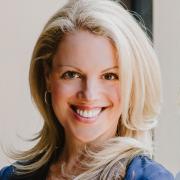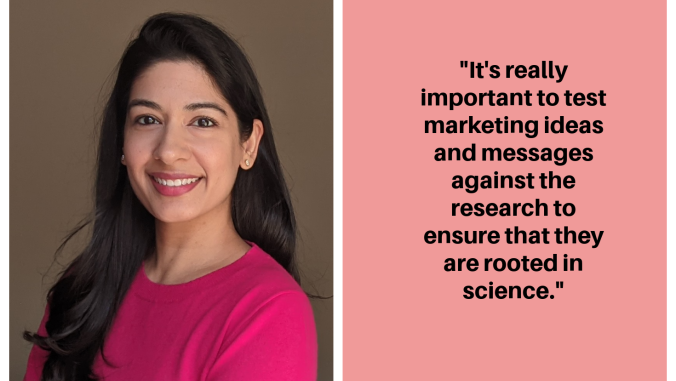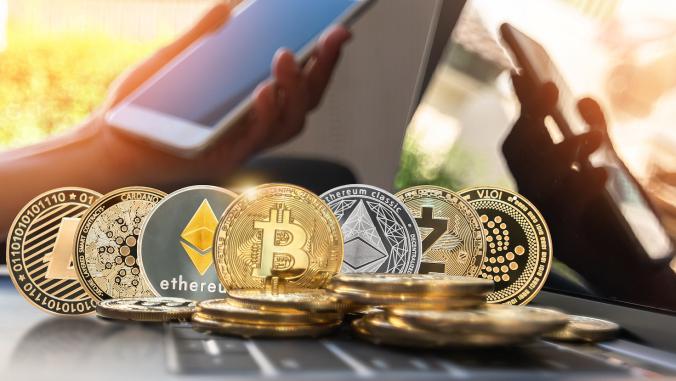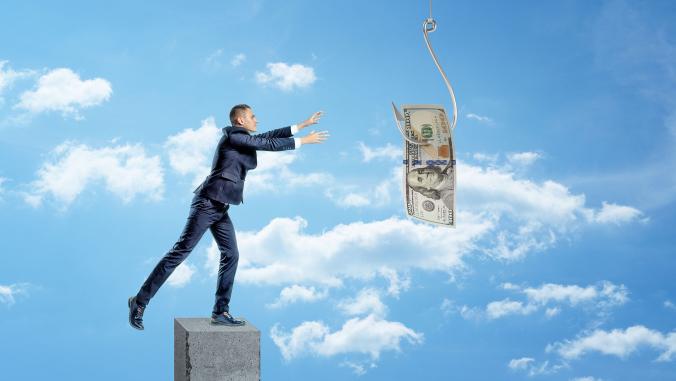Johnson & Johnson's Strides Toward Sustainable Healthcare
<p>Al Iannuzzi, Johnson & Johnson's senior director of Worldwide Health & Safety, provides an insider's look at the company's efforts in eco-leadership.</p> <div> </div>

To the average consumer, Johnson & Johnson is synonymous with baby shampoo. In reality, the consumer products behemoth is also the world's largest healthcare company and a sustainability pioneer, ranking #3 on Newsweek's list of Biggest Green Companies.
Al Iannuzzi, senior director of Worldwide Health & Safety, is responsible for product stewardship and green marketing programs across the Johnson & Johnson enterprise, a conglomerate of approximately 250 companies worldwide totaling an estimated $62 billion in sales.
Iannuzzi recently presented Johnson & Johnson's new green product development program at the State of Green Business 2011 in Washington D.C. To learn more, I invited him for a Q&A on his company's eco-leadership:
Anna Clark: What got Johnson & Johnson headed down the sustainability path?
Al Iannuzzi: We put out new sustainability goals every five years. In fact, we've had sustainability goals in place since the early '90s. But the greatest driving force really ties back to our Credo, the backbone of our EHS processes and everything we do: We are to be good stewards and to protect the environment and be a good corporate citizen. Our largest sector is medical devices and diagnostics; health and sustainability are a natural fit.
Also, Wal-Mart is our largest customer in the world. Their focus on sustainability helps to reinforce the importance of our initiatives to our business. This same idea is cropping up with our medical products customers as well. Hospitals are focusing more on sustainability because they run 24/7 and produce a constant stream of waste. Sustainability can help them reduce their footprint as well as their operating costs.
Clark: When did you launch the EARTHWARDS greener product development program?
Iannuzzi: Back in the late '90s, I started the design for the environment program for Johnson & Johnson. We had some early successes but felt we needed to raise the bar. We wanted to make it easier for our development teams to understand how to make their products greener based on lifecycle thinking and to get good, science-based, greener claims to market while doing a better job of communicating the importance of sustainability. We built EARTHWARDS in 2009 to accomplish these goals.
Clark: Describe the process. How will it make your products more sustainable?
Iannuzzi: Our EARTHWARDS greener product development process offers a suite of tools and resources that: 1) supports development of sustainable products through lifecycle thinking; 2) enables sustainable innovation; and 3) helps to generate meaningful and credible sustainability claims.
Clark: What are the objectives of EARTHWARDS?
Iannuzzi: To foster product stewardship and sustainable product innovation across all sectors. Every product has a footprint: materials, packaging, energy, water, social, and so on. We have seen through lifecycle assessments that product use and end-of-life are typically the most significant impacts, so we want to focus our improvements on the most important areas. Depending on the type of product, packaging and distribution footprints can be significant too. For agriculturally-based products, we consider minimizing environmental impacts in our materials sourcing as well.
There are four steps to be considered as an EARTHWARDS product: 1) satisfy core sustainability prerequisites, 2) undergo a lifecycle screening, 3) identify at least three 10 percent improvements in key footprint categories and 4) undergo review by a board of internal and external experts. Our goal is to produce 60 EARTHWARDS products by 2015. We currently have 16 EARTHWARDS designated products now.
Clark: Can you provide some examples of EARTHWARDS products?
Iannuzzi: In the medical supplies field, innovation is becoming a product differentiator. This is forcing some of our companies to rethink the business model of some products. One example of this type of innovation is the Simponi auto injector for rheumatoid arthritis. This product has a great sustainability story: With our product, they only have to inject themselves once per month in the comfort of their home, and it requires fewer injections and generates less waste than competitor products. Simponi is the only brand that takes back the patient's auto injector, providing a mail back shipper for each auto injector so it can be safely disposed.
We also encountered footprint challenges in shipping the product. When we first started shipping physician samples of Simponi, they were sent to rheumatologists in big single-use Styrofoam containers loaded with gel packs to maintain the proper temperature, but this generated a lot of waste. We received a complaint from one customer saying quite sarcastically, "Your insulated box was not big enough! Please send a Volkswagen size box next time." Our Simponi team took that comment to heart and went back to the drawing board. As a result, they found a "green box" that was a fraction of the size of the Styrofoam shipper and was 50 percent lighter. The container can be reused up to 100 times, uses biobased cooling media, and can be completely recycled at the end of its life. Simponi is the perfect example of a better patient experience and reducing impacts through listening to customers to provide a greener product.
Our AVEENO brand is another good success story. The POSITIVELY NOURISHING product line contains shea butter from a sustainable and socially responsible supplier who gives back to the local communities in West Africa. The social aspect of product development is definitely a consideration.
Clark: How did Johnson & Johnson allocate a budget for green product development?
Iannuzzi: This evolved over time. I've been in the environmental and product stewardship field for 30 years. I already had a budget per se for other programs. About 3 years ago we realized we needed to put a greater focus on product stewardship, and even more emphasis on greener product development. We just had to get management on board and roll out the program.
Clark: How did you get buy-in?
Iannuzzi: Simple. We are responding to the demands of the marketplace. This is all market-driven, not compliance driven. The key is to help the business units see the benefits to developing and marketing greener products. It's easy when you can show data that your customers are asking for this.
Clark: What's your take on greenwashing?
Iannuzzi: I don't believe in green products but greener products. The only truly green product is the one you don't use. So it's a journey and when we have made real product improvements -- we should let our customers know. You can be perceived as greenwashing when you overstate improvements. We give training to our marketers to make sure they avoid greenwashing.
Clark: For example, if agriculture is found to be the most environmentally intensive part of a product, is it irresponsible to tout green packaging?
Iannuzzi: When you start making more of a green claim than it is, that is irresponsible. But making a product better in any way is still an improvement, and that's what we should be encouraging our development teams to do. The key is to be clear in communicating the nature of the improvement without overstating it.
Sustainability is a journey that includes a wide range of issues. Things we will have to address in the upcoming years may not even be thought of today. It's an evolving improvement process.
Al Iannuzzi's Green Marketing Tips
Al Iannuzzi will be sharing more on this case study and others in his upcoming book on developing and marketing greener products. Here are a few more insights you can expect from him:
• Research. Think about making improvements in the areas that have the greatest impact for your product. For example, P&G realized that the greatest impact for their laundry detergent was the hot water used to wash clothes. They responded by developing a detergent that works in cold water.
• Cause marketing. Find the right cause that best fits your brand's mission. Häagen-Dazs supports research to protect the honey bee population, which is directly connected to their brand.
• Communications matters in sustainability. The EARTHWARDS process helps to drive meaningful communication about sustainability. Determine your end market and create scorecards and tools that help your company develop appropriate communications on improvements. Meet customers' sustainability needs. In B2B marketing, be sure to understand what your customer's goals are and meet them with your products.
• Don't get hung up on labels. Consumers recognize but a handful of eco-labels, although there are hundreds. Eco-labels serve a good purpose, but it's more important to have a greener product story with demonstrated improvements than an eco-label.
Image Credit: An array of vintage to present-day Johnson & Johnson products with company credo, courtesy of Johnson & Johnson via jnj.com.





